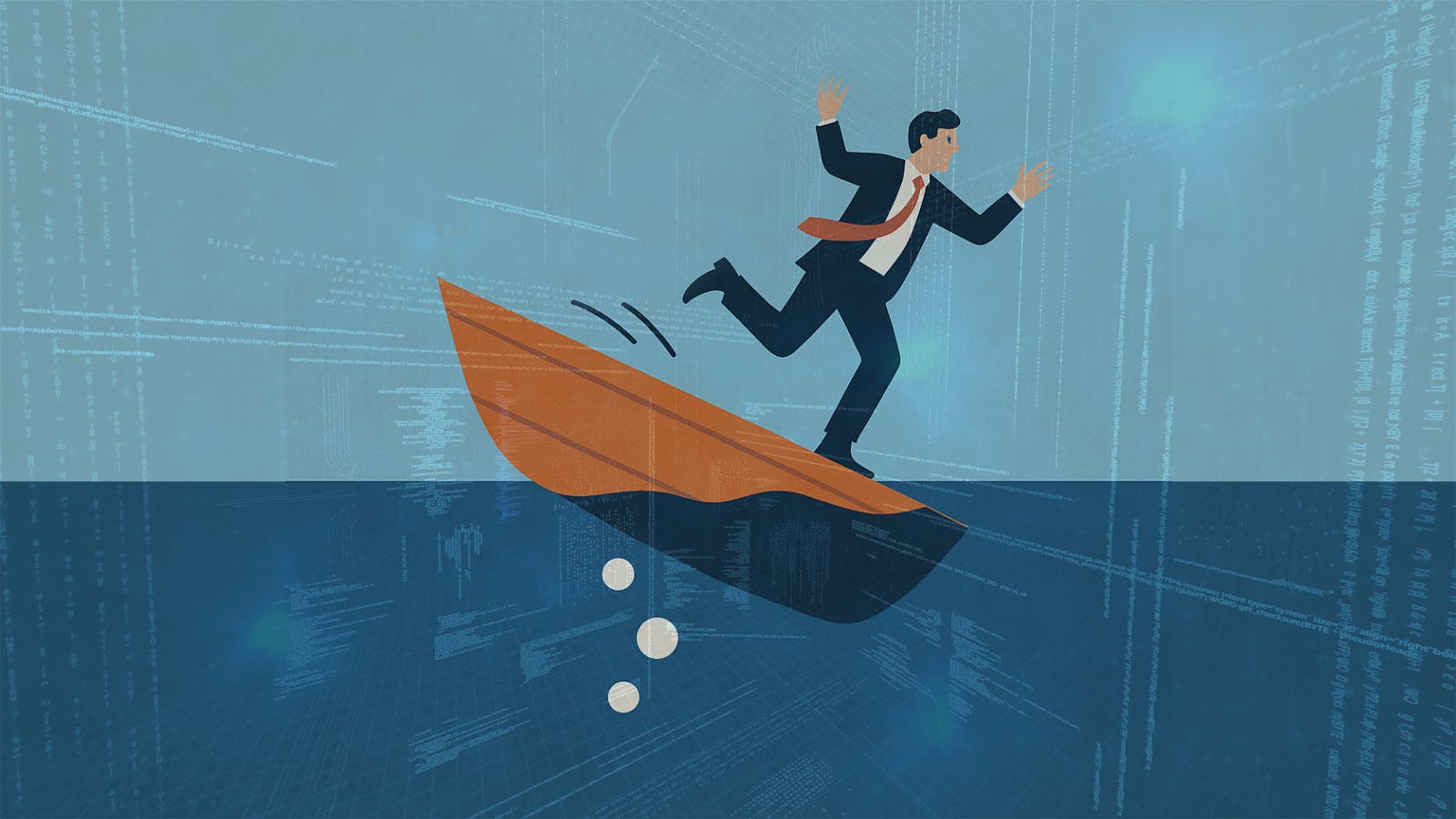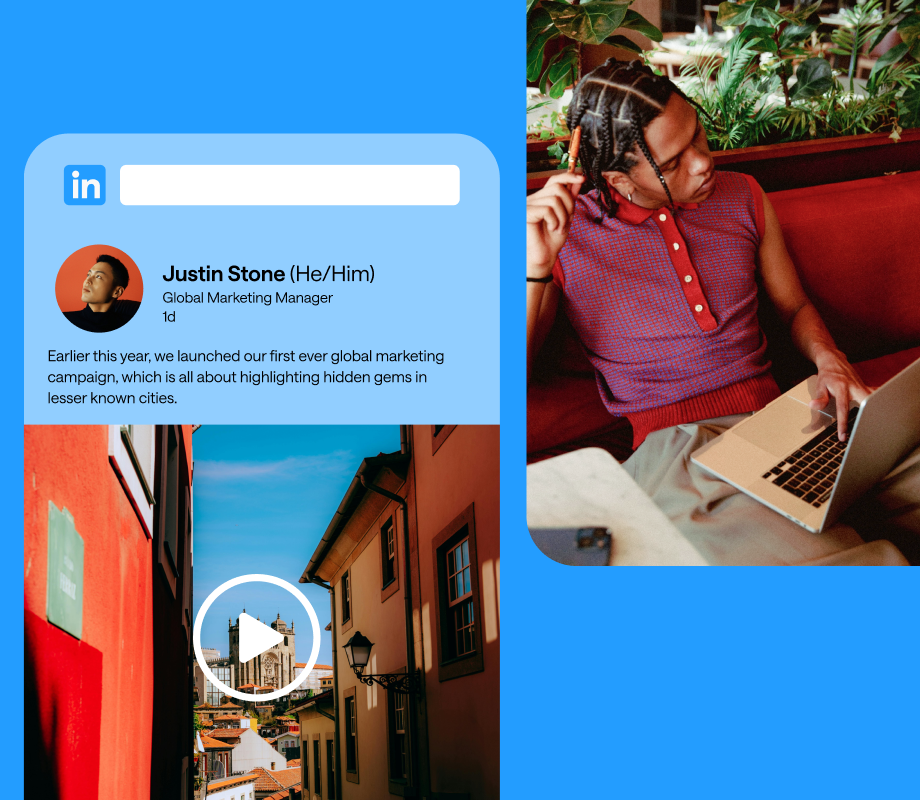Ninety percent of startups fail. The statistic is as familiar as it is grim, but the more revealing number is buried beneath it. Research shows that 65 percent of high-potential startup failures are driven by founder conflict (Wasserman, 2012). Not markets. Not regulators. Not competitors. Founders.
That reality is easy to overlook in a world where investors chase the next hot sector. Analysts pour over market timing, valuations, and technology cycles. Entrepreneurs fill their pitch decks with jargon that signals relevance. But history makes one thing clear: hype cycles change, human blind spots don’t. The biggest macro risk in tech startups is the founder/CEO.
From Whitepapers to Revenue: Why Validation Matters More Than Hype
Every cycle has its vocabulary. In 2017, it was ICOs and tokenomics. In 2021, it was NFTs. Today it is AI agents and bitcoin treasuries, often dropped into investor decks with surgical precision. The words may change, but the pattern is the same. Founders reach for jargon to sell potential instead of proving demand.
That worked when capital was cheap and investors tolerated risk with little evidence. You could raise millions on a whitepaper that contained more promises than product. That era is over. Today, investors want proof of demand, roadmaps to revenue, and customers that actually exist. According to CB Insights, 42 percent of startups fail because of “no market need.” That is not a technical failure. That is leadership failing to validate before building.
Cofounder Conflict: the Silent Tech Startup Killer
Once founders think they have product-market fit, the next step is usually building a team. Often that means bringing in cofounders. The logic seems sound: shared burden, complementary skills, investor confidence. In practice, it is often a ticking time bomb.
Sixty-five percent of high-potential failures are tied to founder conflict. Equal splits that feel fair in the beginning quickly become unequal when contributions diverge. One founder leaves a secure job to work 80-hour weeks. Another keeps their day job and contributes part-time or in some cases, not at all. The equity split stays the same, resentment festers, and investors quietly walk away when they sense dysfunction.
The mistake is not simply choosing the wrong partner. It is the lack of discipline around how equity is structured, how authority is delegated, and how conflict is managed. Founders treat cofounder selection like a second date marriage proposal, except with millions of dollars on the line and far fewer protections.
Perfection vs. Progress: A Common Founder Blind Spot
Suppose you avoid cofounder drama. The next trap is perfectionism. Founders delay launches, polish features, and rewrite code in search of a flawless product. The problem is the market does not wait.
McKinsey has found that startups which ship early and iterate are three times more likely to survive past Series A. Yet many founders stall, building products that nobody asked for. Time, money, and energy are spent chasing an ideal that customers may not even value. Meanwhile, runway evaporates.
The most dangerous part of perfectionism is not the delay itself. It is the culture it creates. Teams become afraid of failure. Feedback loops dry up. Innovation slows. A startup designed to move fast becomes paralyzed by its own expectations.
Delegation Bottlenecks: When the Founder is the Choke Point (Micromanager)
Even when founders do ship and grow, the habits that worked in the early days become liabilities. What worked at ten employees fails at fifty. Founders who once knew every customer by name now insist on approving every decision. The result is bottlenecked leadership.
Context switching drains hours. Decisions slow. Teams wait for approvals instead of building. The founder becomes the choke point. Ironically, the refusal to delegate often creates exactly the drop in quality the founder was trying to avoid.
Scaling requires a shift from player to coach. Without that evolution, the company does not scale. It stalls.
The Talent Risk: Why One Bad Hire Can Derail a Startup
Hiring feels urgent in the early days. Founders often pull in friends, acquaintances, or the most affordable option to move fast. But the wrong hire at the wrong time can shape culture in ways that are almost impossible to undo.
Harvard Business Review has estimated that as much as 80 percent of employee turnover is tied to bad hiring decisions. SHRM, the Society for Human Resource Management, has highlighted the financial toll, noting that a single bad hire can cost up to six to nine months of that employee’s salary. Beyond cost, 41 percent of employers told SHRM that a poor hire damages team morale and productivity.
In a small startup, those ripple effects hit harder. A single mismatch can create communication breakdowns, stall execution, or embed cultural habits that persist long after the person is gone. Unlike large companies, startups cannot absorb that impact. Early hires don’t just fill roles; they define what the company becomes. And conversely, if you are a bad boss yourself, even the best hires will not be able to save it.
Why This Matters Now
Capital markets have shifted. Carta data shows that by Series B, founding teams on average retain only about 23 percent ownership. Control is diluted and investors are less forgiving. The era of raising money on vision alone has ended. Roadmaps must point to revenue, not just narrative. Leadership is now under more scrutiny than ever.
This makes founder risk harder to hide. Buzzwords may still get a first meeting, but they no longer close rounds. If “AI agents” and “bitcoin treasuries” are the only strategy slides, that’s not innovation, it’s decoration. Unless those phrases come with proof of early customers and real execution, they read as filler. Founders who cling to the habits of earlier cycles are being exposed faster, and with far fewer second chances.
Are You the Right Person to Be CEO?
Which leads to the most difficult question for any founder: are you truly the best person to lead your company? Not every visionary is built for the CEO seat. Some founders thrive as product visionaries or CTOs. Others are more effective as board members who set direction and let seasoned operators execute.
Leadership is not a birthright that comes with founding equity. It is a skillset that requires humility, emotional intelligence, and the ability to build systems that scale without you. The smartest founders know when to evolve and when to step aside.
The Founder Risk That Never Goes Away
Markets will rise and fall. Buzzwords will come and go. But the founder remains the constant. The delusion is believing the greatest risk is external when the evidence shows the greatest risk is internal.
The founder risk is not just a factor. It is the factor. Ignore it, and no amount of market opportunity, capital, or timing will save you. Because in the end, the only thing harder to pivot than a failing product is a failing founder.











